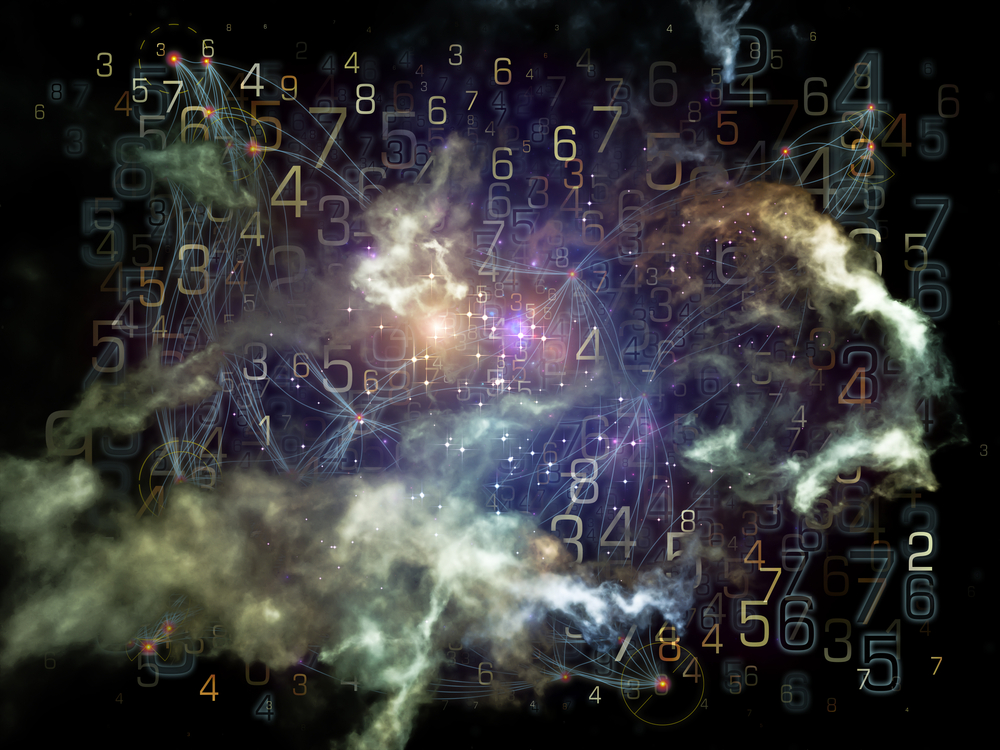Fog computing has been a very popular industry over the past few years. It is the next logical evolution of cloud computing, which has become somewhat of an inefficient solution for most projects. Various cryptocurrency ICOs are focusing on fog computing as well these days. However, the big question is what this concept entails exactly, and why people should care about it in the first place.
Fog Computing is a Revolutionary Industry
The world of technology is always evolving, and it appears some major breakthroughs are on the horizon. Fog computing is one of those trends getting a lot of attention these days. The concept of fog computing relies on building an architecture to use a multitude of end-user devices to carry out computational tasks. This concept pertains to data storage, graphic design, supercomputing, and virtually any other process that involves the use of computing devices in general.
It is important to note fog computing has the potential to upset cloud-based data storage as we know it. Cloud storage is merely putting data on a different computer, often controlled by a centralized entity such as Amazon, for example. There is always the risk of having the company keeping a copy of your information stored on the cloud servers, which is often seen as a security risk. Fog computing distributes small pieces of data across a multitude devices, while the owner of the information is the only one exerting ownership over it.
One could argue fog computing and Internet of Things are closely related, and that would be a fair assessment. Fog computing will thrive thanks to the Internet of Things. Having more devices connected to the internet will improve the number of available computing power for fog computing purposes. Fog computing can make use of computers, mobile devices, tablets, smart TVs, network-attached storage devices, and anything else connected to the internet. Leveraging so many multitude of computing power will have a big impact on our society moving forward.
Some people are wondering how and where fog computing would be applied in the real world. A smart grid, for example, can benefit from the technology. Microgrids and smart meters are capable of processing information and broadcasting it to the rest of the network. Every smart grid is a form of fog computing in its own right. Smart meters will, in the future, be able to switch to alternative energies deepening on how much power they are asked to consume.
Other applications range from wireless sensors to decentralized smart building control, and from supercomputing to rendering graphics. It is equally possible to use fog computing for decentralized videos streaming and gaming services. There is no limit as to what this technology can be used for, although it has not been brought to the market in a convenient form just yet. Various cryptocurrency ICOs are focusing on making fog computing more accessible, though, but it will take some time before the technology is embraced by the masses.
The main benefit of fog computing over cloud computing is how the former has a bigger and better geographical distribution. There is no reliance on a centralized infrastructure, as computing resources from all over the world can be wielded to complete a fog computing project. As a result, there will be more competitive rates to deal with, which is quite beneficial to people looking to finalize a fog computing contract. It is believed people sharing computing resources for fog computing will be able to set their own prices and contract duration when needed as well.
If you liked this article, follow us on Twitter @themerklenews and make sure to subscribe to our newsletter to receive the latest bitcoin, cryptocurrency, and technology news.

